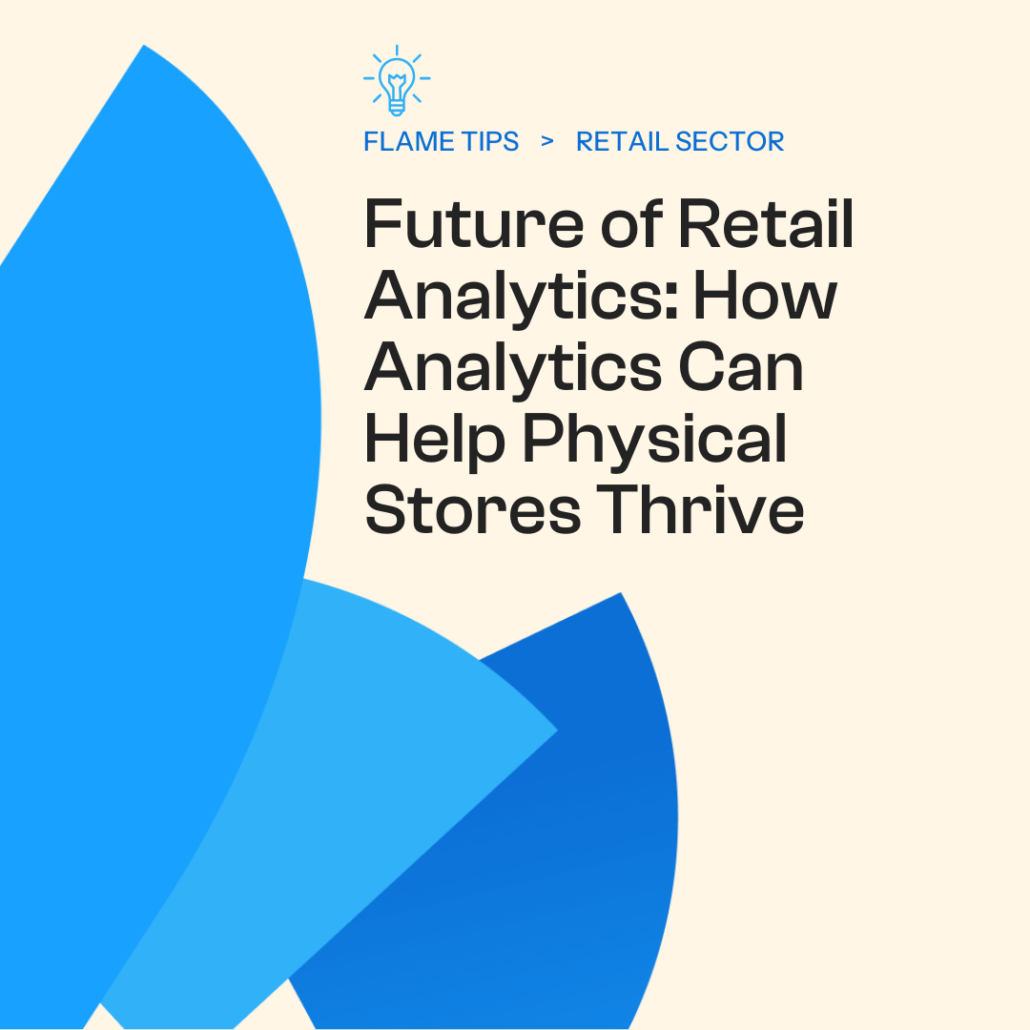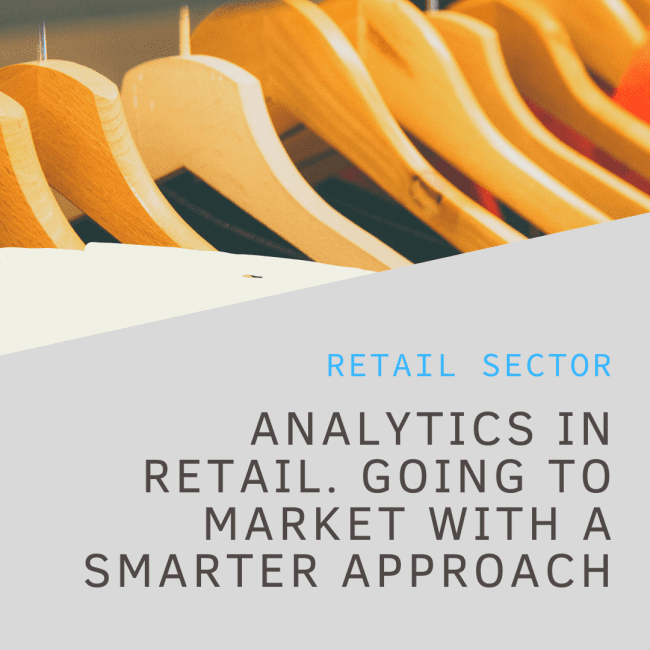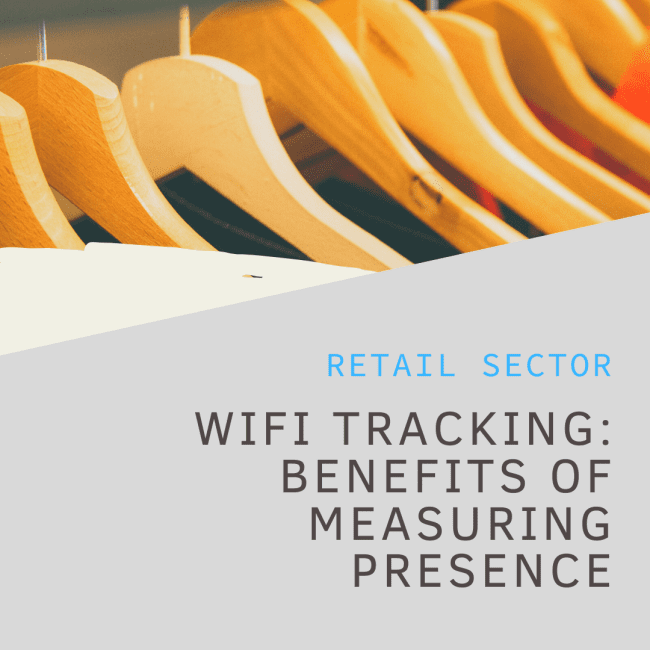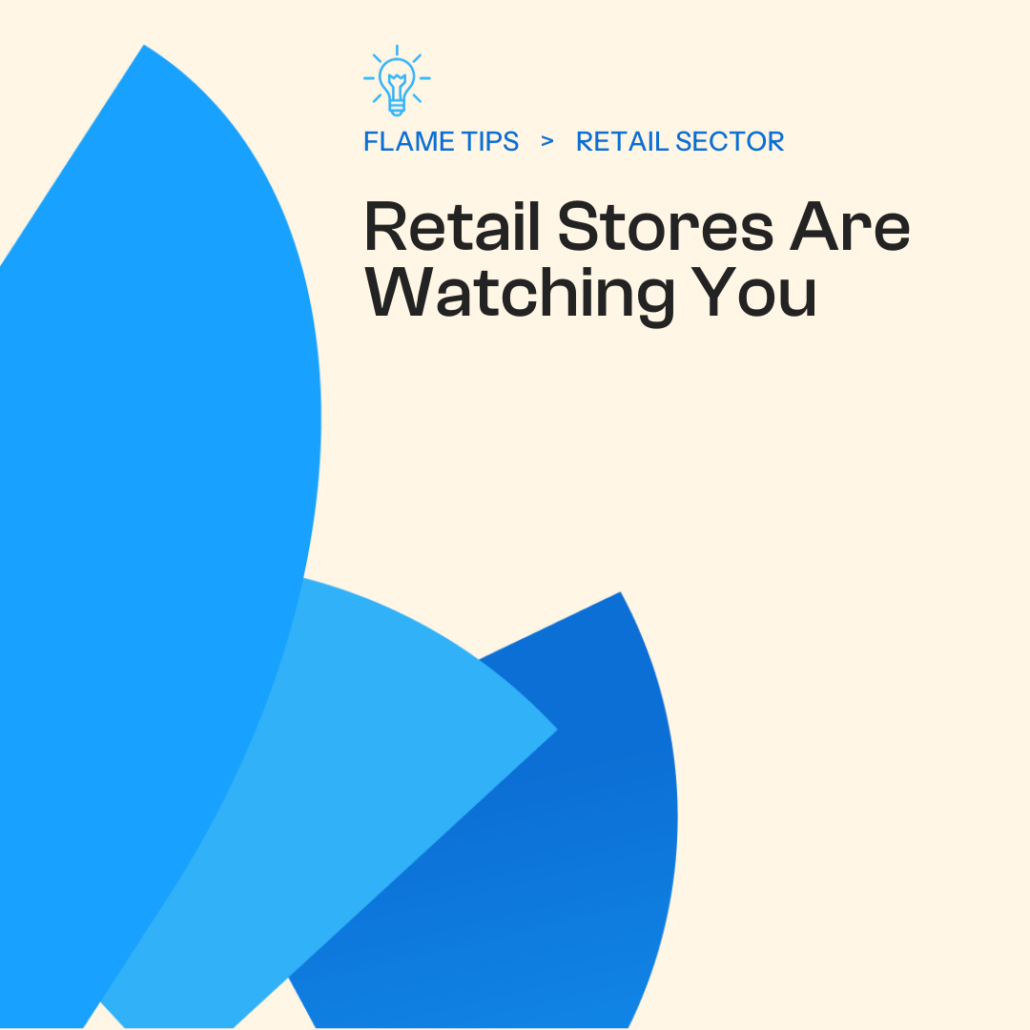In a world that is becoming more and more digital, physical retail stores are under growing pressure to change and rival each other. Yet, with the emergence of sophisticated retail analytics, these stores now have a potent tool to not just survive but to also flourish. Through using data-driven insights, brick-and-mortar stores can improve customer experiences, streamline operations, and increase sales. This article delves into the Future of retail analytics and its potential to transform the in-store shopping experience.
Impact of Retail Data Analysis
The process of retail analytics includes gathering and examining data about different parts of a store’s functioning, such as customer actions and inventory control. Retailers can gain valuable strategic insights by analyzing this information.
Enhancing Customer Experiences
Retail analytics offers a key benefit in enhancing customer experiences. By examining data on customer behavior, preferences, and buying trends, retailers can customize their products to meet their clients’ specific needs. For instance, data can reveal which products are popular among different demographics, enabling stores to carry items that are more appealing to their customers.
Additionally, retail analytics can help customize marketing strategies based on individual preferences.By tracking individual customer journeys, retailers can send targeted promotions and recommendations that resonate with each shopper. This level of personalization not only boosts sales but also fosters customer loyalty.
Optimizing Store Layout and Operations
Retail analytics is also essential for maximizing store design and management. Retailers can maximize visibility and sales by strategically placing products and promotional displays based on foot traffic patterns and high-traffic areas.
Inventory Management
Retail analytics can have a major influence on effective inventory management. Retailers can use real-time analysis of sales data and inventory levels to make sure they have the correct products in stock at the appropriate times, preventing the negative effects of overstocking or stockouts on sales and customer satisfaction.
Additionally, retailers can use predictive analytics to predict demand trends, allowing them to anticipate customer needs and update their inventory as needed. This proactive strategy assists in ensuring the right amount of stock is maintained and waste is minimized.
Leveraging Data for Competitive Advantage
In today’s competitive physical retail environment, utilizing data for strategic benefits is increasingly crucial. Retail analytics helps businesses stay ahead of competitors by identifying emerging trends and consumer preferences.
Market Basket Analysis
One powerful tool within retail analytics is market basket analysis, which examines the combinations of products that customers frequently purchase together. This data can help improve product placement strategies and promotional campaigns, resulting in increased sales. For example, if data shows that customers often buy coffee with pastries, a store might place these items closer together or introduce special deals for both items.
Real-Time Data Insights
Real-time data insights are particularly valuable for making quick, informed decisions. For instance, if a particular product is selling faster than expected, managers can be alerted immediately to reorder stock before it runs out. Similarly, retailers have the ability to swiftly adjust their promotional campaign strategy if it is not meeting expectations.
The Future of Retail Analytics: Emerging Technologies
As technology continues to evolve, the future of retail analytics looks even more promising. Emerging technologies such as artificial intelligence (AI) and machine learning are set to transform how retailers collect, analyze, and act on data.
AI and Machine Learning
AI and machine learning can process vast amounts of data at unprecedented speeds, revealing patterns and insights that would be inaccessible to humans. These advancements have the potential to improve predictive analysis, offering more precise predictions of consumer actions and market patterns.
Internet of Things (IoT)
The Internet of Things (IoT) is another game-changer for retail analytics. IoT devices like smart shelves and connected sensors offer real-time information on stock levels, product movements, and customer interactions, allowing retailers to enhance operations with more accuracy and effectiveness.
Embedded Analytics
Accessing the data you collect as your customers shop is important for leveraging the powerful insights you now have available to you. Emerging technologies in embedded analytics are allowing SaaS providers to create engaging, curated data visualisations that help you to understand trends in customer behaviour, spot anomalous behaviour and easily take business actions based on this insight.
Tools like Embeddable are helping companies push the frontiers of in-application data presentation, which will help retail analytics software providers provide powerful, fast-loading insights to retail organisations.
Conclusion
The future of retail analytics looks promising, providing brick-and-mortar stores with essential tools to thrive in a challenging industry. By improving customer interactions, streamlining operations, and utilizing data strategically, retailers can thrive, not just survive.
As emerging technologies continue to advance, the potential for retail analytics to revolutionize the shopping experience will only grow. Embracing these innovations today can set the stage for a successful retail future that relies on data.







